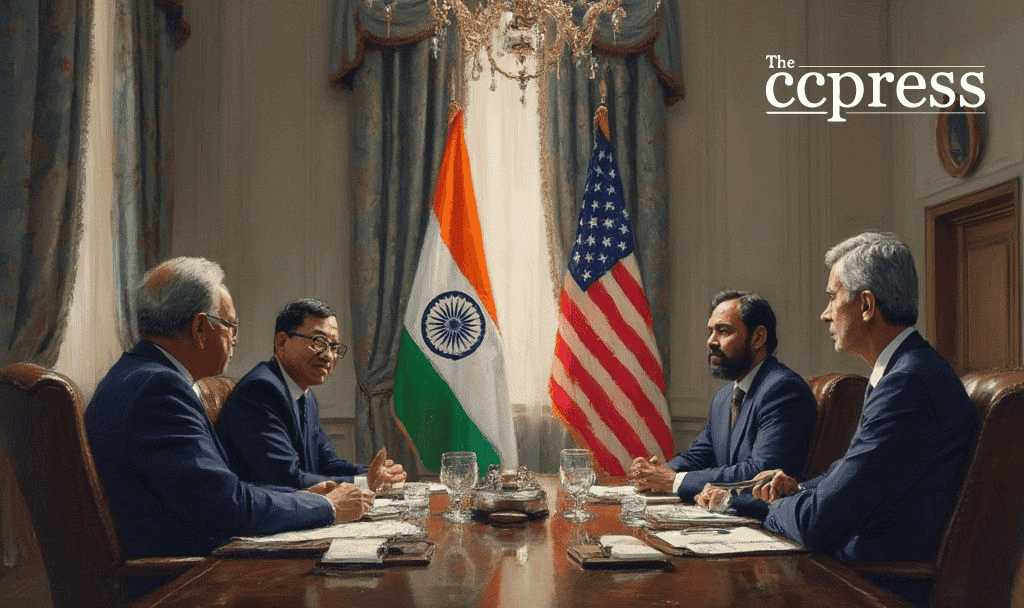- Trade discussions aim to prevent U.S. tariffs on Indian goods.
- High-level negotiations spearheaded by Trump and Modi.
- Potential shift in trade balance affecting both economies.

India and the United States are negotiating to avert tariffs announced by President Trump. These discussions involve leaders from both nations aiming to strike a balanced trade agreement before the April 9 deadline.
- Trade discussions aim to prevent U.S. tariffs on Indian goods.
- High-level negotiations spearheaded by Trump and Modi.
- Potential shift in trade balance affecting both economies.
The negotiations are crucial as they aim to prevent tariffs that could destabilize both economies. Market reactions focus on potential disruptions in key industries if no agreement is reached.
The Focus of India-U.S. Trade Talks
The India-U.S. trade talks center around the April 9 deadline, aiming to develop a “balanced and equitable” agreement. Previous trade tensions have been costly, with failed talks potentially leading to strategic shifts in global partnerships.
Leaders from both nations, including Prime Minister Narendra Modi, Prime Minister of India, stated that the trade negotiations “are an opportunity to enhance bilateral trade while reducing risks to our economy posed by the upcoming tariff deadline.” They seek to address trade imbalances, notably in industries like textiles and pharmaceuticals, potentially mitigated by broader economic strategies.
The immediate impact of these discussions is felt in industries reliant on trade between the two nations. A potential tariff could disrupt export markets, prompting India to possibly increase U.S. goods purchases to balance trade deficits.
Financially, India faces challenges with a 26% tariff on its exports. This could affect economic stability, and India’s response includes interest rate cuts to stimulate economic growth. Any agreement would address both parties’ concerns over “coercive” measures.
Insights suggest potential impacts on global trade dynamics, with regulatory adjustments potentially required. If negotiations succeed, it could steer both nations towards a more robust partnership, influencing broader trade policies. Donald Trump, President of the United States, emphasized, “The tariffs are critical for addressing trade imbalances and ensuring fair trade practices.” Past trade conflicts highlight the complexities each side faces in securing favorable terms.
